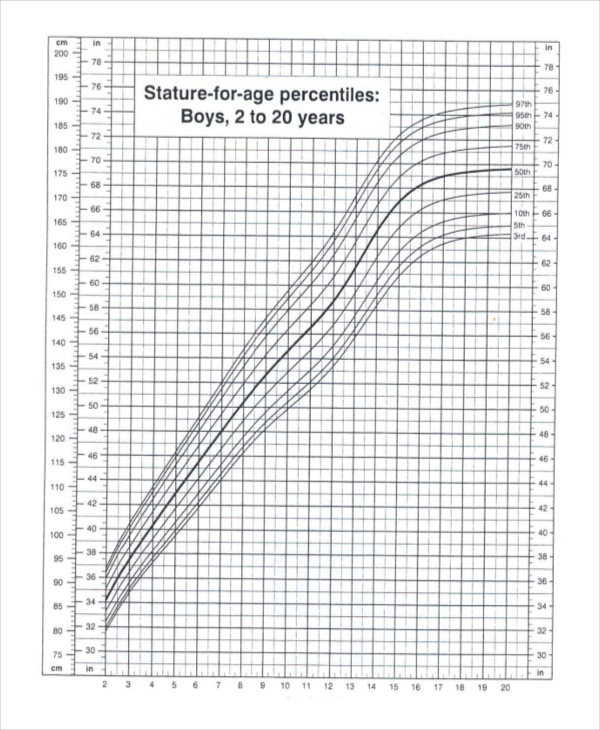


Standard BP tables used to determine hypertension status are based on auscultatory measurements. For a neonate or infant, the cuff bladder width should be approximately 50% of the mid-arm circumference. 3 Extremity circumference should be used when measuring for cuff size as well as when determining placement. 6 The American Heart Association’s recommendations ( Table 1) 6 help the health care team member select an appropriate size cuff for the child, which directly reflects the radial arterial pressure when used on the upper arm. For a child, the bladder cuff width should be approximately 40% of the circumference 6 of the arm ( Figure 1), measuring at a point midway between the olecranon (elbow) and acromion (bony projection of the shoulder blade) 3, 7 ( Figure 2), and the bladder cuff length should cover 80% to 100% of the arm circumference. Whichever NIBP method is chosen, the cuff size (inner inflatable bladder) of the measuring device is an important factor in the accuracy of the BP measurement. Elevated BP readings obtained using an oscillometric device should be remeasured with a sphygmomanometer if possible. Oscillometric devices measure BP by detecting oscillations on the walls of the occluded artery as the cuff is deflated, calculating systolic blood pressure (SBP) and diastolic blood pressure (DBP) values from measurements of the mean arterial BP. Oscillometric devices are useful when auscultation is difficult or frequent BP measurements are necessary. BP values obtained from oscillometric (automated) devices differ from values obtained by auscultation. NIBP can also be measured using oscillometry or palpation. As the cuff is deflated, the team member notes the pressure as sounds produced by the arterial pulse waves (Korotkoff sounds). When using sphygmomanometry, the health care team member determines the pressure necessary to collapse the artery in the arm by inflating the cuff. 2 Although the standard of care is to obtain an NIBP measurement in the upper right arm, obtaining a secondary BP measurement from the calf in a pediatric patient is an alternative if a BP reading cannot be obtained in the upper arm. undefined#ref2">2 This proven and consistent method for measuring BP yields reliable and reproducible results. This standard requires the health care team member to take the BP measurement in the right upper arm with the stethoscope placed over the brachial artery. The standard of care is to obtain NIBP measurements via auscultation using a sphygmomanometer. Because the intraarterial method is not practical for most pediatric patients, noninvasive blood pressure (NIBP) measurements are used. Intraarterial measurement with an invasive catheter is the gold standard for obtaining an arterial BP.

BP evaluation should be part of a complete physical assessment of the patient. Values that fall outside the expected range warrant further physical examination, investigation, and practitioner notification. OVERVIEWīP measurement is taken for a variety of diagnostic and therapeutic decisions therefore, measurements must be correct and reproducible. To obtain an accurate blood pressure (BP) measurement, use the proper cuff size for the patient. Blood Pressure Measurement (Pediatric) - CE ALERT


 0 kommentar(er)
0 kommentar(er)
